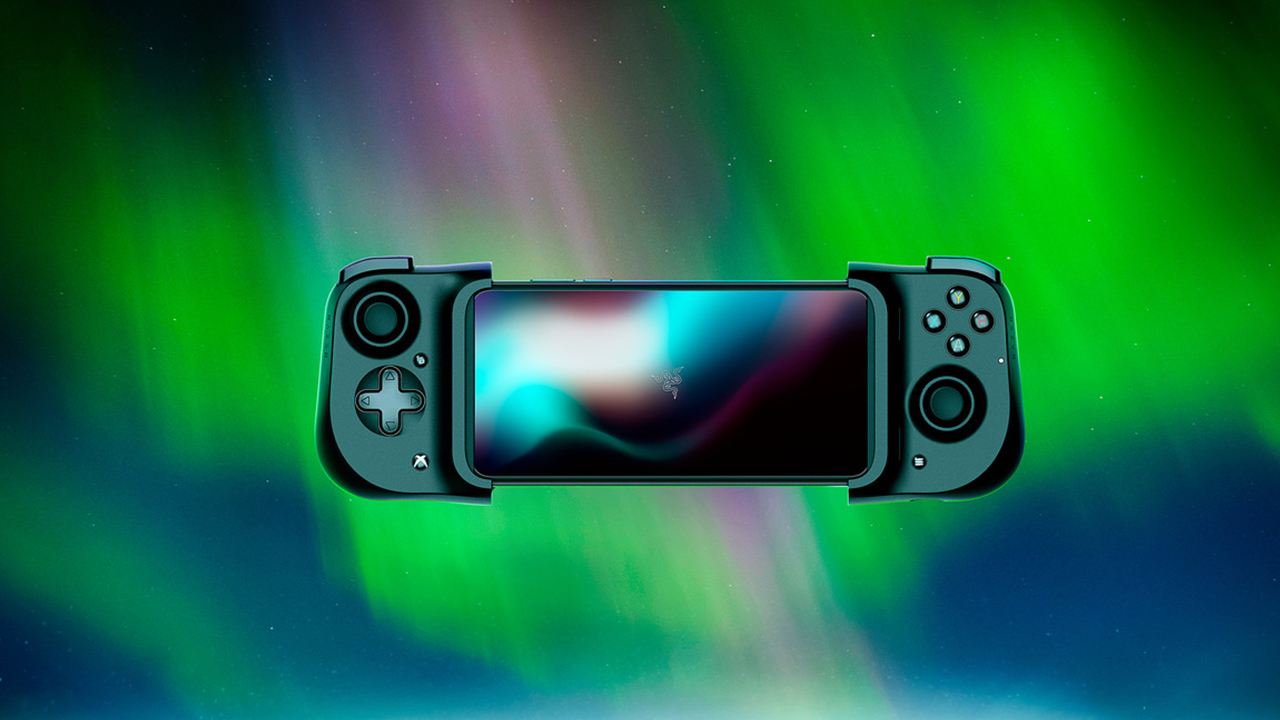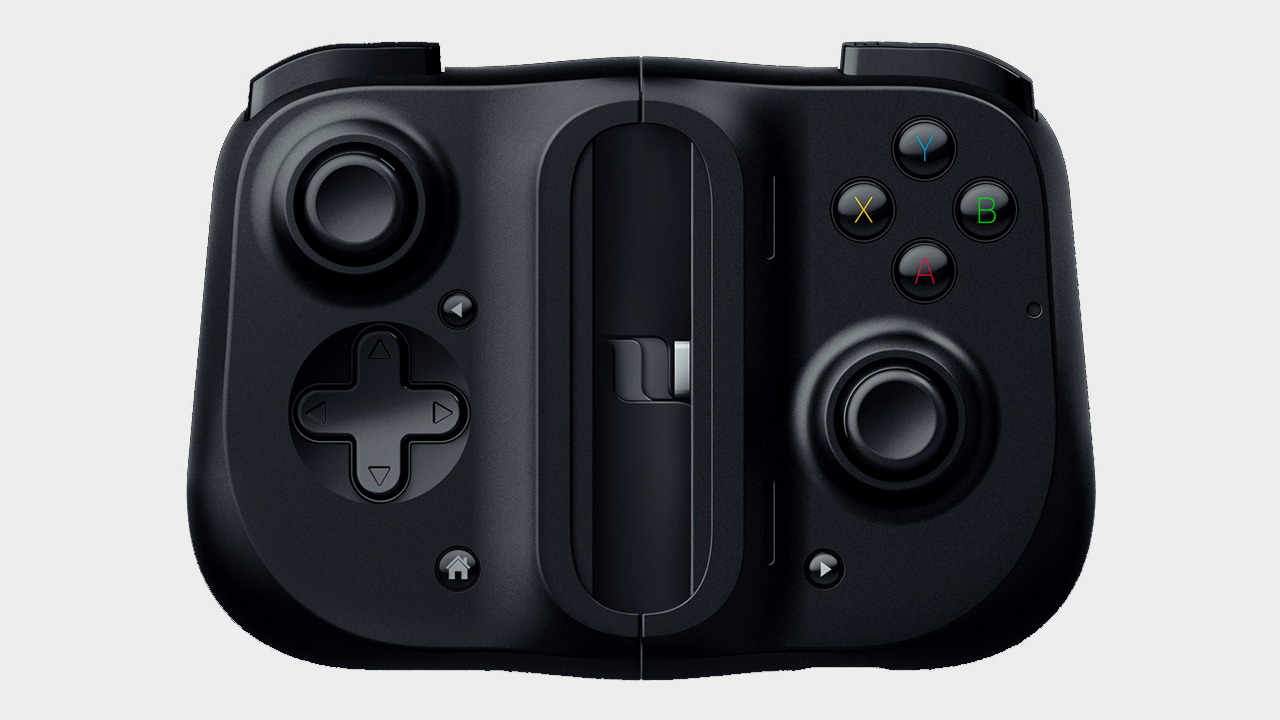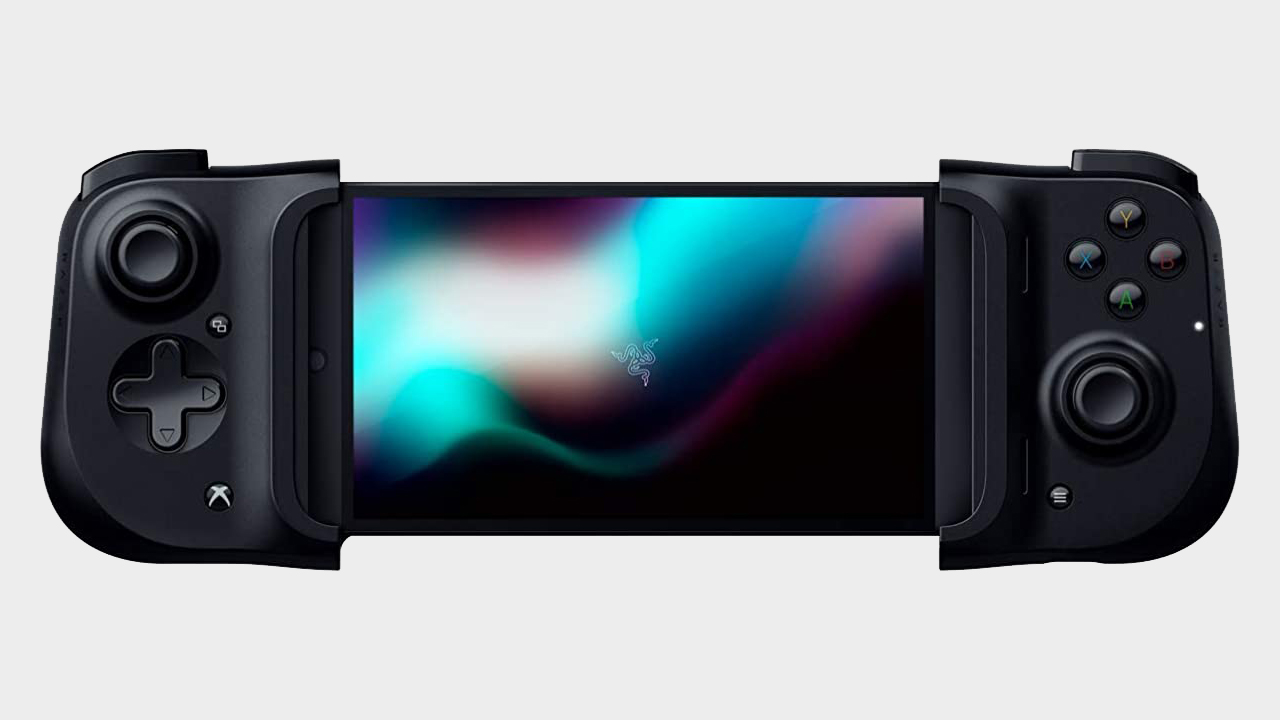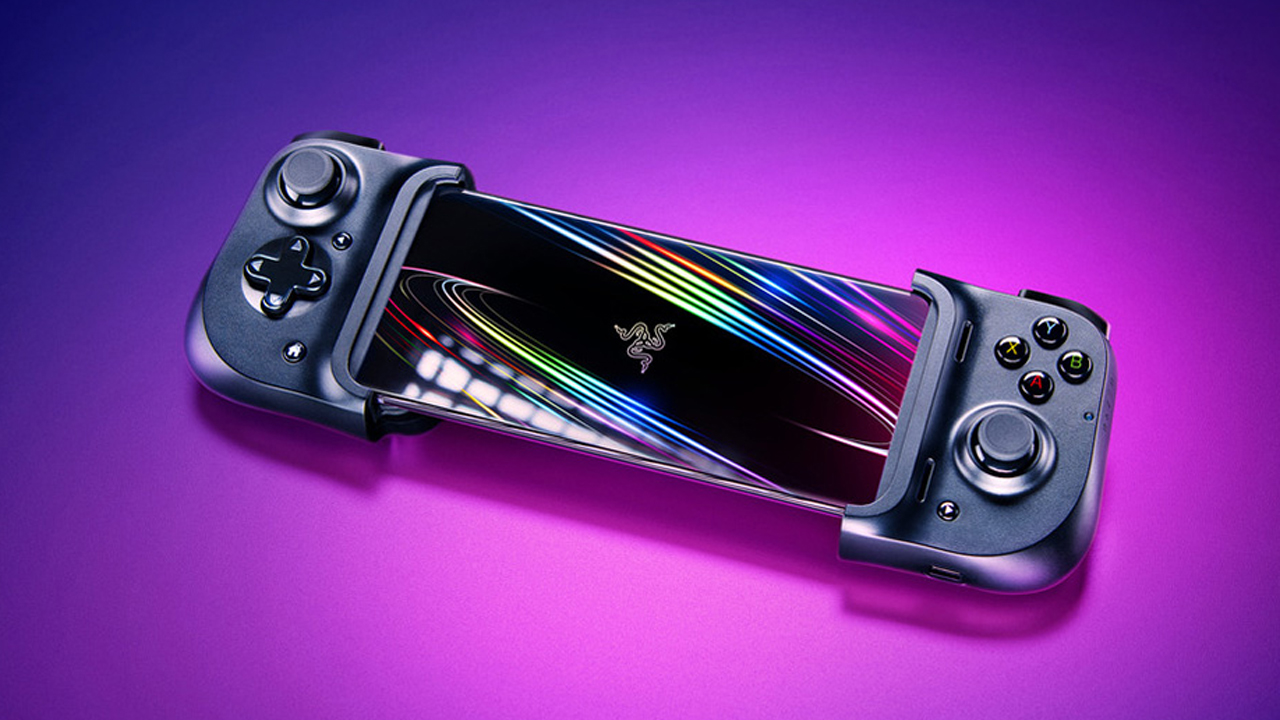GamesRadar+ Verdict
The Razer Kishi is a success for the most part, but some weaknesses stop it from being a resounding victory.
Pros
- +
Excellent thumbsticks
- +
Fits lots of smartphones
- +
Clever, space-saving design
- +
No latency
Cons
- -
Some phones don't fit comfortably
- -
Lack of a back panel feels awkward
- -
D-pad wobble
Why you can trust GamesRadar+
The Razer Kishi was designed to fix a couple of big problems; first and foremost, mobile gaming's awkward controls. Although being able to play on your cell phone is great in theory, there's always been a limit to what you can achieve when you only have your thumbs and a touch screen to rely on. First-person shooters are a notorious casualty of this issue, mostly because it's not natural or comfortable to play them on mobile devices.
Secondly, the Razer Kishi wants to make gaming via Project xCloud (the Xbox game streaming service) as easy as possible. When you're playing on the go, carrying around a bulky Xbox controller or a gamepad like the SteelSeries Stratus Duo to connect with your mobile device isn't ideal.
The Kishi aims to provide an elegant solution to both issues. Rather than forcing you to carry around a chunky gamepad, it provides a clip-on controller not unlike the Nintendo Switch Joy-Cons. This approach makes sense, and it's a step above Razer's last effort (the Razer Junglecat); because it folds down, it's much more travel-friendly.
Unfortunately, the Razer Kishi isn't perfect either.
Features

Price: $99.99 / £99.99
Works with: Samsung Galaxy S8 / Note 8 upward, Razer Phone 1 / 2, Google Pixel 2 upward, iPhone 11 upward
Battery life: N/A
On the face of it, the Razer Kishi is like a case for your Android phone - albeit one with two thumbsticks and the usual assortment of buttons, bumpers, and triggers. More specifically, you can slot many of the best gaming phones into the central gap so long as they have a USB-C connection. That obviously includes the Razer Phone 2, but it also means you can use the likes of Samsung's Galaxy S10.
That USB-C connection allows you to start playing right away; the Kishi is usable from the get-go without any setup. Oh, and unlike the Junglecat, it doesn't need charging. Instead, it draws power from the phone itself (which you can charge via a separate USB-C port at the bottom of the controller).
Just remember, it'll only work with games that support gamepad control schemes. On the plus side, it is compatible with cloud gaming.
Design
There's a lot to like about the Kishi's design. Even though it doesn't scream 'Razer' like a top Razer mouse or one of the best Razer headsets (there's a distinct lack of RGB lighting here), it's sleek and carries just the right amount of color to stop it feeling monotone.

The panel at the back that holds everything together takes some getting used to, as does its unfolded appearance, but I can't say it's a bad look overall. Especially if you have the Xbox version - that model features buttons to match the Xbox One controller, namely an Xbox home button on the left-hand side.
Performance
In practice, the Razer Kishi is mostly great. The clickable thumbsticks are particularly effective: they have a good amount of resistance and feel of an appropriate quality, coming close to matching much more expensive competitors. The other buttons are less effective, but they still do the job nicely. While the triggers are a little squishy (as are the face buttons), the shoulder bumpers and home/back buttons have a satisfying click. This isn't a cheap bit of tat, and that's obvious as soon as you pick it up.
The weak point? As with so many controllers, it's the eight-way D-pad. Don't get me wrong, it'll do the job OK. But I would have preferred less 'squish' and wobble. Still, it won't ruin your experience. The Kishi makes mobile so much easier to control as a whole, and it's a satisfying experience. Namely, I found my performance improved dramatically in Fortnite when using the Razer Kishi. Having triggers and sticks to aim really does give you an advantage over standard touch controls. It's simply faster and more accurate. The same is true of Asphalt 9: Legends, where the sticks offer a more traditional driving-game experience.

However, that's not to say the Kishi is without fault in use. Namely, the design does accommodate a multitude of phones… but not always comfortably. The controller felt as if it was bending backwards slightly with my Samsung S9 rather than sitting flush, and I remain concerned that the locking mechanism at the rear - four prongs - will scratch the back of your device in the long run. The Kishi's flexibility also gives a sense of looseness, too.
Is it enough to sink the experience? No. For the most part, this is a well-thought out piece of kit that makes mobile gaming much, much better. It's just worth keeping those weaknesses in mind before investing in one.
Interested in all things Razer? Be sure to check out our guides to Razer headsets, Razer laptops, and the best Razer controller you can get (not to mention our top picks for the best Razer streaming gear).

I've been writing about games in one form or another since 2012, and now manage GamesRadar+'s tabletop gaming and toy coverage. You'll find my grubby paws on everything from board game reviews to the latest Lego news.



